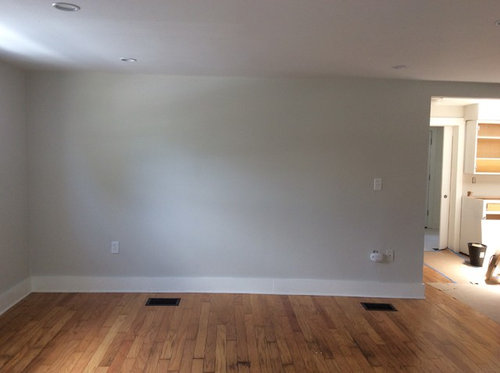Under normal conditions neither radiant floors or radiant ceilings heat the air to an uncomfortable level like in forced air systems however.
Walls floors and ceilings blank heat.
Then it moves along floor joists to any upper levels.
Ceiling duct openings work in opposition to the general law of physics that heat rises.
Baseboard registers also supply heated or cooled air to a room.
Use only the bottom half of the walls 4 ft.
Under the floor the original and most popular configuration radiant floor heating is the industry standard for several reasons.
As hot air rises away.
They direct and circulate airflow onto the walls and can easily be installed over floor moldings.
If there is insufficient outside wall space to meet the heat load use interior walls.
Registers these typically slatted covers are found in the floor wall or ceiling and their defining feature is a lever that allows you to open or close the air vent to adjust airflow into the space.
Make sure the outside walls are insulated according to code usually r 19.
Just as the overhead rays of the sun are absorbed by the beach sand radiant ceilings warm the floor.
Another myth about radiant floors and ceilings involves the surface temperatures that are achieved.
Commercial diffusers are ceiling mounted and used as supply air outlets.
Baseboard mounted grilles are used as return air inlets to ducts.
From the floor first and all areas under windows.
You can also place heating elements on opposite walls of a room for warming action from two areas.
You can find floor registers in a variety of materials styles and finishes so you can incorporate them as a decorative element that also blends.
The heat ducts usually travel in the walls behind the drywall and exit through openings in the ceiling on first floor levels.
Radiant walls and ceilings lend themselves to remodelling since we don t have to disturb anything on or under the floor.
First heating from below creates a more active air current than in wall or ceiling options.










